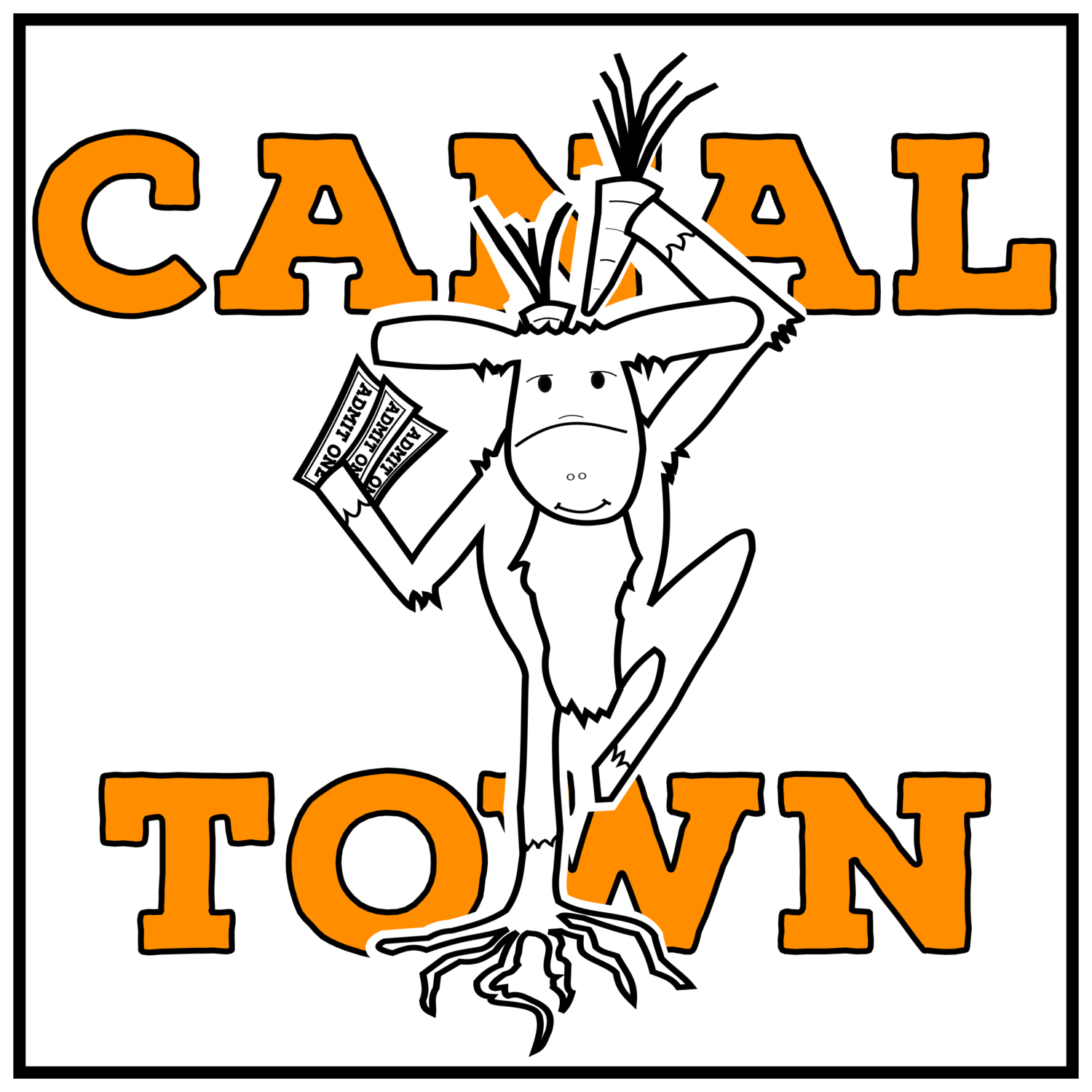What does a town look like after it doubles in population? In Honesdale Borough’s case, we can look to the past first. Historical estimates (various sources) have us marked at anywhere from around 6,000 to 9,000 people. Starting at a current population estimate of 4,000, we could experience a percentage change in positive growth ranging from 50% to 125% to reach these historic highs.
Were these noted peaks in population sustainable? If population highs are akin to an ecosystem’s carrying capacity, then we’re currently under capacity. However, that many more people might strain the landscape’s environment and infrastructure. It might equal people living in cramped conditions or in low-wage service to those with more opportunities. Yet, diversity of job prospects at all may be something we currently have less of, alongside lesser population.
It’d be interesting to find out where we could grow from here and what that version of Honesdale would look like. On the same token, it’s interesting to note what things look like now. By flipping future projections and goals built around past data back around to the present, we may better be able to understand what a place is like and experiencing, as it changes. Why are the people already here staying, creating, and expanding their families? What’s preventing others from doing the same?
We often look for outside motivation but, within the local landscape, there are flashes of creative inspiration. Many pockets of capacity, leftover from a larger place’s foundation, can be turned to for reference. Nooks holding potential include vacant lots, back alleys, underutilized transportation corridors, empty upper floors, and more. Activating those nooks could include new community gardens, reoriented small businesses, new trails along old travel ways, and affordable studios for the next generation of engaged citizens. How much can we grow, from where we already are, before pulling in adjacent resources?
Maybe, as Charles Wolfe suggests and we would agree, answers will bubble up, through inclusive access to organic engagement. A sense of place so strong that it’s not just a matter of calling a place your home town generally but calling a home your neighborhood specifically. A collective, equal-stakeholder spirit, imbued within individual community members that allows each of us to inherently know nothing is static. A shared knowledge that places and spaces were different in the past and will be different in the future. An understanding that we and all of the different versions of us can, collectively and individually, make or remake our present environment. With this in common mind, we can advance the benefits of these shared opportunities by crafting new forms, in ways that are respectful of one another and the extension of nature we represent.
In August of 2015, a portion of the 500 block’s back alley came alive beyond what present, day-to-day interactions imply. A grassroots injection of local energy allowed an assortment of individuals to come together and share space for multiple reasons. Engaged participation in the present took place across multiple building stories and reversed storefronts. Everything being informally connected by a good, old-fashioned, public alley being utilized to the maximum potential of the moment. A potential, perhaps, last matched by canal days gone by, where commerce, conversation, and culture seeped into and out of town, one block over from the main street.
This map, shown here and from our maps collection, is a local landscape story, told over the course of a certain time and across a string of inter-connected spaces.
Click to enlarge.

